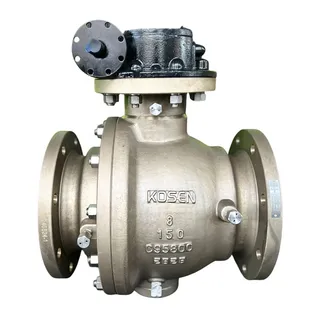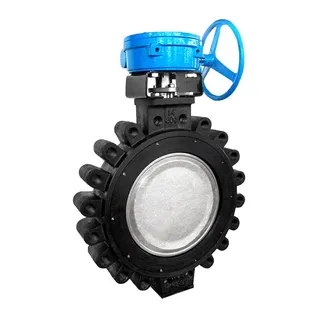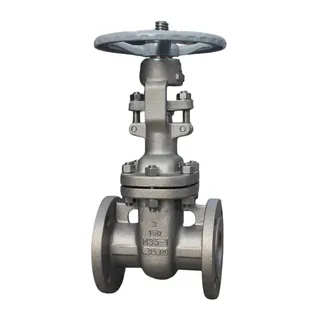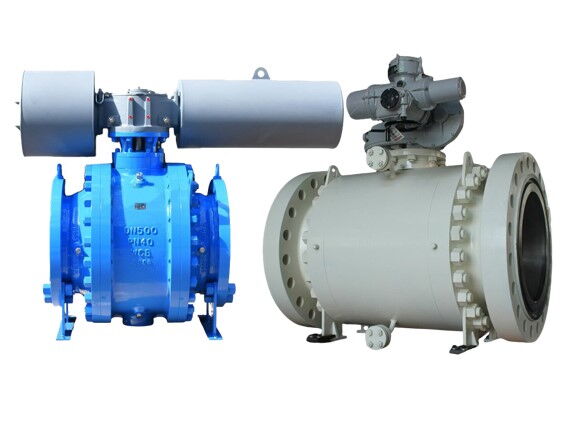
Ball valves are essential components in automated control systems, widely used in industries such as chemical, power, and petroleum for regulating fluid flow. The two main types, pneumatic and electric ball valves, differ primarily in their driving mechanisms, response speed, and applications. Pneumatic ball valves use compressed air, offering fast response times, high torque, and suitability for high-pressure, explosive environments. In contrast, electric ball valves rely on electricity for operation, providing precise control, high stability, and performance in environments lacking a stable air supply. This article compares the features, advantages, and disadvantages of both valve types, helping users select the most suitable option based on their specific operational needs, including speed, control precision, environmental factors, and safety requirements.
In automated control systems, ball valves are widely used for the switching and regulation of various fluid media, playing a significant role in industries such as chemical, power, and petroleum. Based on their driving mechanisms, ball valves can be categorized into two main types: pneumatic ball valves and electric ball valves. Although these two types of valves share functional similarities, they differ significantly in terms of driving methods, response speed, cost, and applicable scenarios. This article provides a detailed comparison of the advantages and disadvantages of pneumatic and electric ball valves, along with an analysis of their applications in different working conditions.
As a critical component of automated control systems, pneumatic ball valves are widely used for controlling various fluid media due to their fast response and high torque. They operate by using compressed air to drive a pneumatic actuator, which opens or closes the valve to regulate fluid flow. Compared to electric ball valves, pneumatic ball valves offer distinct advantages in specific applications, particularly where rapid switching is required. Below, we delve into the working principles, advantages, disadvantages, and typical applications of pneumatic ball valves.
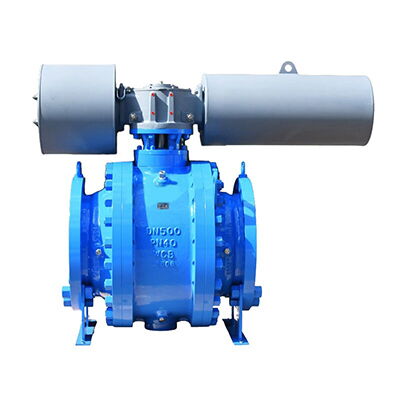
Pneumatic ball valves use compressed air as the power source to drive the pneumatic actuator, which controls the opening and closing of the valve to regulate fluid flow. These valves are typically equipped with accessories such as solenoid valves, air supply triple units, limit switches, and positioners, enabling both local and remote control. Their main advantages include fast response, simple structure, and ease of maintenance.
Fast Response Speed: Pneumatic ball valves typically open or close in about 6 seconds, significantly faster than electric ball valves (15-20 seconds). This makes them ideal for applications requiring quick reactions.
High Torque: Pneumatic actuators provide high torque, making these valves suitable for high-pressure and high-temperature environments.
High Safety: Pneumatic ball valves are highly reliable, especially in explosion-proof scenarios, where they outperform electric actuators.
Simple Structure and Easy Maintenance: The straightforward design of pneumatic ball valves results in lower maintenance costs. Additionally, the cushioning effect of air reduces the risk of jamming or damage.
Dependence on Air Supply: Pneumatic ball valves require a stable air supply, making them unsuitable for environments without access to compressed air.
Complex Control System: Pneumatic control systems are more complex than electric systems, often requiring additional equipment like positioners to convert electrical signals into pneumatic signals.
Sensitivity to Air Quality: Fluctuations in air pressure or excessive moisture in the air supply can affect valve performance, potentially causing freezing of the actuator.
Pneumatic ball valves are widely used in scenarios requiring rapid response, high control precision, and strict environmental conditions. Examples include chemical plants, oil pipelines, and natural gas transmission systems, where their safety, speed, and adaptability are highly valued.
Electric ball valves, another widely used automated control device, utilize electric energy to drive an electric actuator for valve switching and regulation. Unlike pneumatic ball valves, electric ball valves rely on electricity rather than compressed air, giving them unique advantages in environments with stable power supplies and no access to compressed air. Electric ball valves offer high operational precision and are capable of fine-tuning fluid flow, making them suitable for applications requiring precise control. Below, we analyze the working principles, advantages, disadvantages, and applications of electric ball valves.
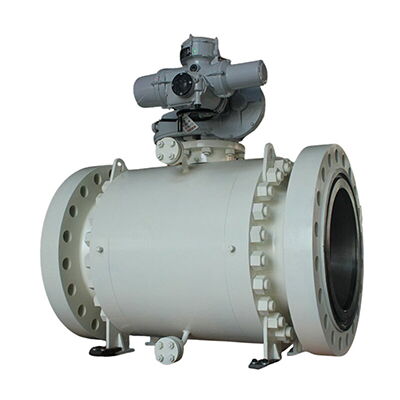
Electric ball valves use electricity to power an electric actuator, which controls the opening and closing of the valve. By adjusting the current or voltage, the actuator's movement can be precisely controlled, allowing for accurate regulation of fluid flow or pressure. These valves are ideal for applications requiring high precision, especially in environments without a stable air supply.
No Air Supply Required: Electric ball valves rely solely on electricity, making them suitable for environments with unstable or unavailable air supplies.
High Stability: Electric actuators provide stable operation, making these valves suitable for continuous use in humid or wet environments.
Explosion-Proof Capability: Some electric ball valves can be designed as explosion-proof, making them suitable for high-safety environments.
Suitability for Large Diameters and Liquid Media: Electric ball valves are particularly well-suited for liquid media and large-diameter pipelines, addressing some limitations of pneumatic valves.
Slower Response Speed: Electric ball valves typically take 15-20 seconds to open or close, making them less suitable for applications requiring rapid response.
Susceptibility to Electrical Failures: Electrical faults in the circuit board or motor can lead to system failures and spark generation, making these valves unsuitable for environments with flammable gases or explosion risks.
Higher Cost: Electric ball valves are generally more expensive than pneumatic ones, especially when high protection levels or special features are required.
Electric ball valves are commonly used in precision control applications, such as automated control systems, liquid media pipelines, large-diameter gas pipelines, and explosion-proof environments. They provide precise control, making them ideal for flow and pressure regulation.
|
Feature |
Pneumatic Ball Valves |
Electric Ball Valves |
|
Power Source |
Compressed Air |
Electricity |
|
Response Speed |
Fast (approx. 6 seconds) |
Slow (15-20 seconds) |
|
Torque |
High |
Low to Medium |
|
Structural Complexity |
Simple, easy to maintain |
Complex, may require explosion-proof design |
|
Applicable Environment |
High temperature, high pressure, explosion-proof |
Environments without stable air supply |
|
Control Precision |
Moderate, affected by air quality |
High, precise control |
|
Safety |
High, suitable for high-risk environments |
Moderate, susceptible to electrical faults |
|
Cost |
Low |
High |
Pneumatic and electric ball valves each have unique advantages and limitations. The choice between them should be based on specific application requirements:
Pneumatic Ball Valves: Suitable for environments with stable air supplies, fast response requirements, and high safety standards, such as chemical plants and natural gas transmission systems. Their rapid switching speed and high torque make them particularly effective in high-pressure environments.
Electric Ball Valves: Ideal for environments without air supplies and requiring high precision, especially in liquid media and large-diameter pipelines. They are unaffected by air quality, offer greater stability, but have slower response speeds and more complex maintenance requirements.
In conclusion, both pneumatic and electric ball valves are essential components of automated systems. Selecting the appropriate type can significantly enhance system efficiency and safety.

